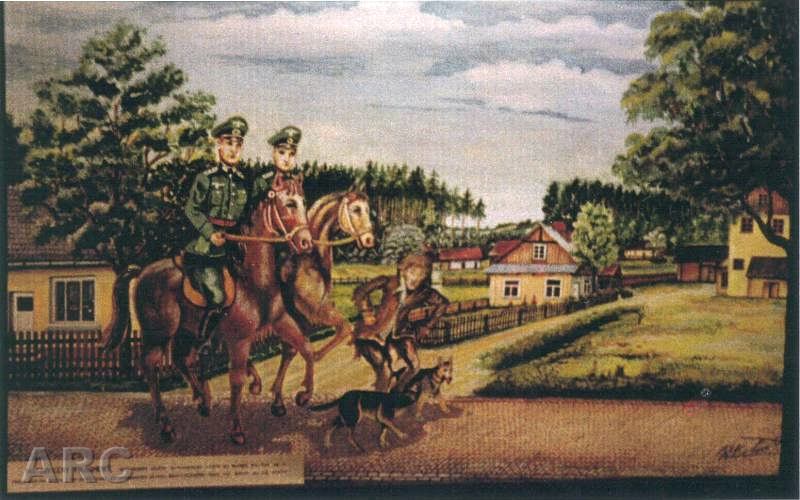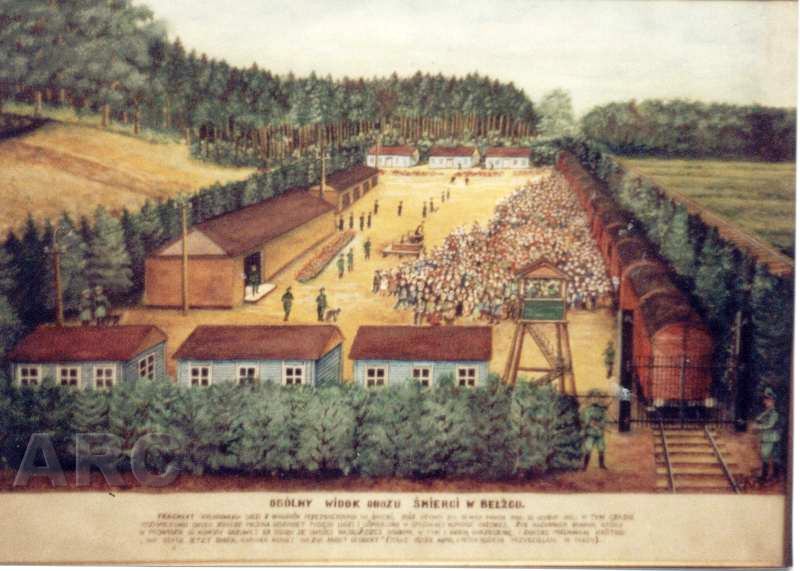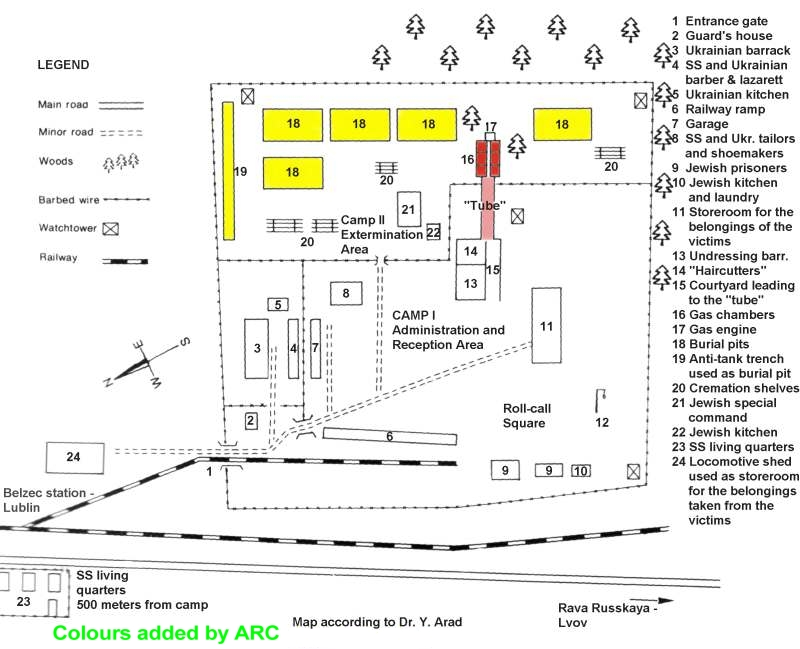(Donat s.38 )[blood] was found to be a first-class combustion material
However, this astonishing new knowledge of the properties of human blood () seems to have been lost to science since the publication of Auerbach's groundbreaking study, and even the high priests of the 6 billion Jewish martyrs seem to have forgotten its significance.
For your interest, what we in daily speech call "blood" consists to 55% of a liquid medium, blood plasma, and to 45% of so called "formed elements".
The blood plasma consists to 92% of water, the rest being mainly proteins.
"The formed elements" consists of red blood cells (96%), white blood cells (3%) and platelets (1%)
It is indeed a fortunate event that British ex-cop and self-styled Belzec "expert" Robin O'Neil has proclaimed his good Irish faith in the Miracle of the Ignitable Blood, this in his online book Belzec: Prototype for the Final Solution http://www.jewishgen.org/Yizkor/belzec1/belzec1.html :
It is interesting to note that during the excavations and burnings by Belzec's 'burners,' it was found that some bodies burned better than others. The recently gassed burned better than those from the first transports. Fat women burned better than thin women. Men did not burn well without women, whose fat is better developed than men's. For this reason, the bodies of women were used to build the base of the pyres intermixed with other bodies and combustible material. Blood, too, was found to be a very good combustible material and the young burned even better because of their softer flesh.
http://www.jewishgen.org/Yizkor/belzec1/bel100.html#68r
As source for this O'Neil uses the statements of accused Heinrich Gley and Robert Jührs made 11 October 1961. Surely the sworn statements of evul natzis prove that blood can be used as a fuel.
To be serious, Gley and Jührs statements rather strongly indicates that they had read or had to read passages from previous "witness accounts" and "reports" on the Reinhardt camps, among them in order to later plagiate them (or they inserted the absurd claim to reveal the show trial nature of the proceedings and the grotesque nature of the claims against them in a similar way that Eichmann may have done with his infamous "blood fountain").









